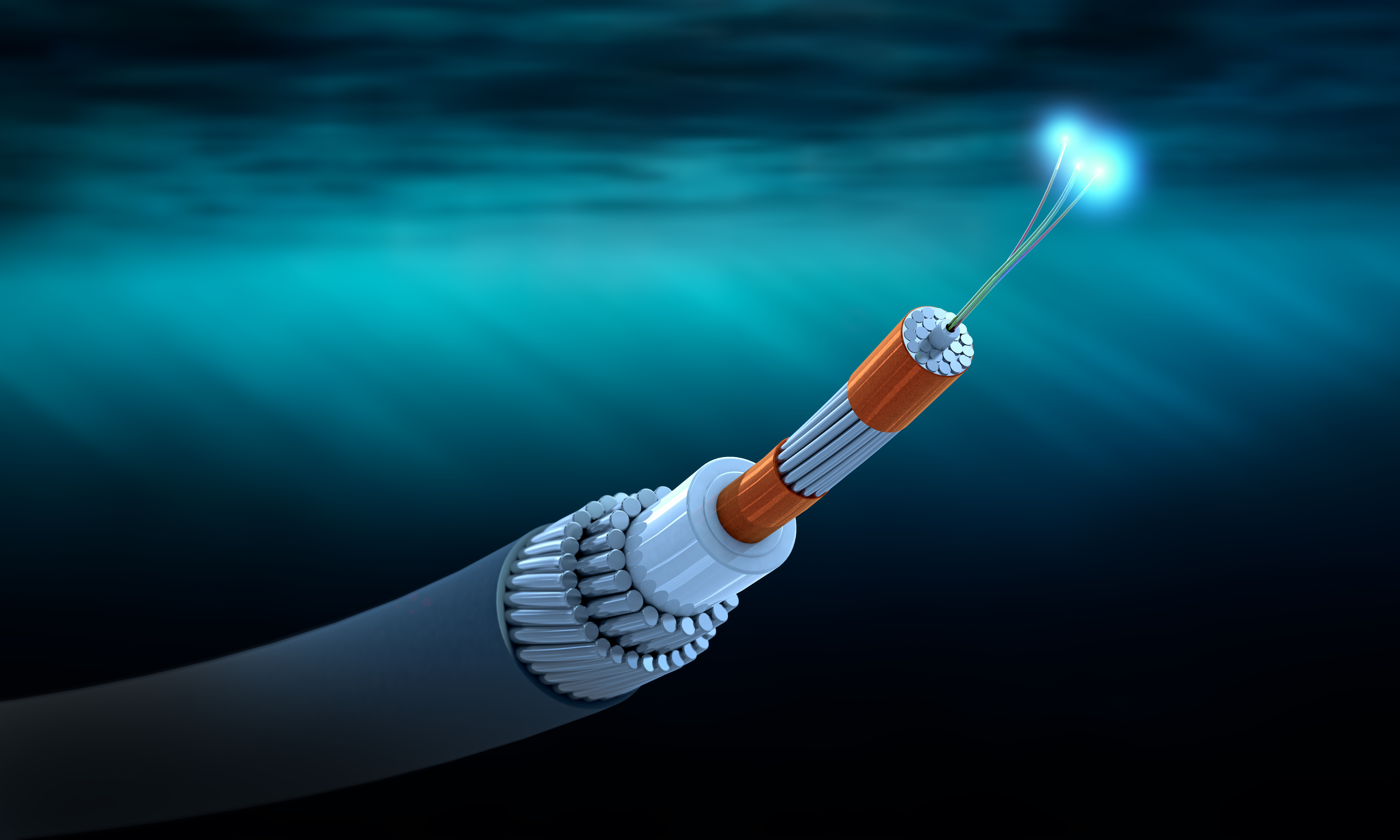Google’s transatlantic undersea cable ready for service
The Dunant cable will span nearly 4,000 miles and carry data at 250Tbps


Google has announced that its Dunant transatlantic undersea cablem, which will carry the company’s cloud traffic between the US and France, is ready for service.
First announced in 2018, the Dunant cable runs 6,400km (3,977 miles) between Virginia Beach, Virginia and Saint-Hilaire-de-Riez in the Pays de la Loire region of France. Google says it has 250Tbps of bandwidth, meaning it can transfer the entire digitized Library of Congress three times every second.
The company says this is the first cable to feature space division multiplexing (SDM) technology, enabling optical fibers to carry several independent spatial light channels. The Dunant cable uses 12 fiber pairs compared to the eight found in a regular cable. The fibers share a single pump laser to amplify their signal as they travel across the ocean floor — traditional cables require a separate repeater for each fiber.
The cable’s naming follows a Google tradition of naming its wholly-owned international undersea cables after famous people from history. Henry Dunant founded the Red Cross and was the first Nobel Peace Prize recipient.
Google's first undersea cable was the Curie, named after Marie Curie, who discovered radioactivity and was the first woman to win a Nobel Prize.
The company tested the Curie cable in November 2019 and began transmissions in Q2 2020. Running from the US to Chile, the Curie Cable carries data at 73 Tbps between the US and South America and made Google the first non-telecommunications company to create a private intercontinental network. It was also the first private intercontinental network installed in Chile in 20 years.
Google has made several other wholly-owned undersea cable investments that’ll help it deliver global cloud services. The cables began with Junior, a 390-km (242-mile) domestic cable connecting Rio de Janeiro and Santos, Brazil that Google activated in 2018.
Get the ITPro daily newsletter
Sign up today and you will receive a free copy of our Future Focus 2025 report - the leading guidance on AI, cybersecurity and other IT challenges as per 700+ senior executives
In 2021 it will complete the Equiano, contracted from Alcatel Submarine Networks. The project, named in honor of Nigerian writer Olaudah Equiano, will connect Portugal with South Africa and Nigeria. The 16-fiber-pair Grace Hopper cable — named after the admiral and inventor of the compiler — will connect the US, UK, and Spain and become operational in 2022.
These 100% Google-owned cables are just five of 16 the company’s invested in. The others, beginning with the Unity cable that became operational in 2010, are joint projects with other owners.
The latest of these partner cables is the Blue-Raman cable, which will connect India, Oman, Saudi Arabia, Jordan, Israel, and Italy. Co-owned with Telecom Italia and Omnatel, that cable will become operational in 2022. Google also teamed with Facebook on the Havfrue cable.
Danny Bradbury has been a print journalist specialising in technology since 1989 and a freelance writer since 1994. He has written for national publications on both sides of the Atlantic and has won awards for his investigative cybersecurity journalism work and his arts and culture writing.
Danny writes about many different technology issues for audiences ranging from consumers through to software developers and CIOs. He also ghostwrites articles for many C-suite business executives in the technology sector and has worked as a presenter for multiple webinars and podcasts.
-
 Bigger salaries, more burnout: Is the CISO role in crisis?
Bigger salaries, more burnout: Is the CISO role in crisis?In-depth CISOs are more stressed than ever before – but why is this and what can be done?
By Kate O'Flaherty Published
-
 Cheap cyber crime kits can be bought on the dark web for less than $25
Cheap cyber crime kits can be bought on the dark web for less than $25News Research from NordVPN shows phishing kits are now widely available on the dark web and via messaging apps like Telegram, and are often selling for less than $25.
By Emma Woollacott Published